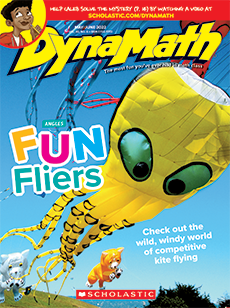What if you could see in the dark? For some animals, abilities like this are part of life.
Animals use sight to hunt prey, avoid predators, and communicate. Their eyes work in the same basic way as human eyes do. Special cells in the eye collect light from the environment. These cells send signals to the brain, which creates the images we see.
What if you could see in the dark? For some animals, abilities like this are part of life.
Animals use sight to hunt prey. They use their eyes to avoid predators. And they need to see each other to communicate. Animal eyes work in the same basic way as human eyes do. Special cells in the eye collect light from the environment. These cells send signals to the brain. This creates the images we see.
